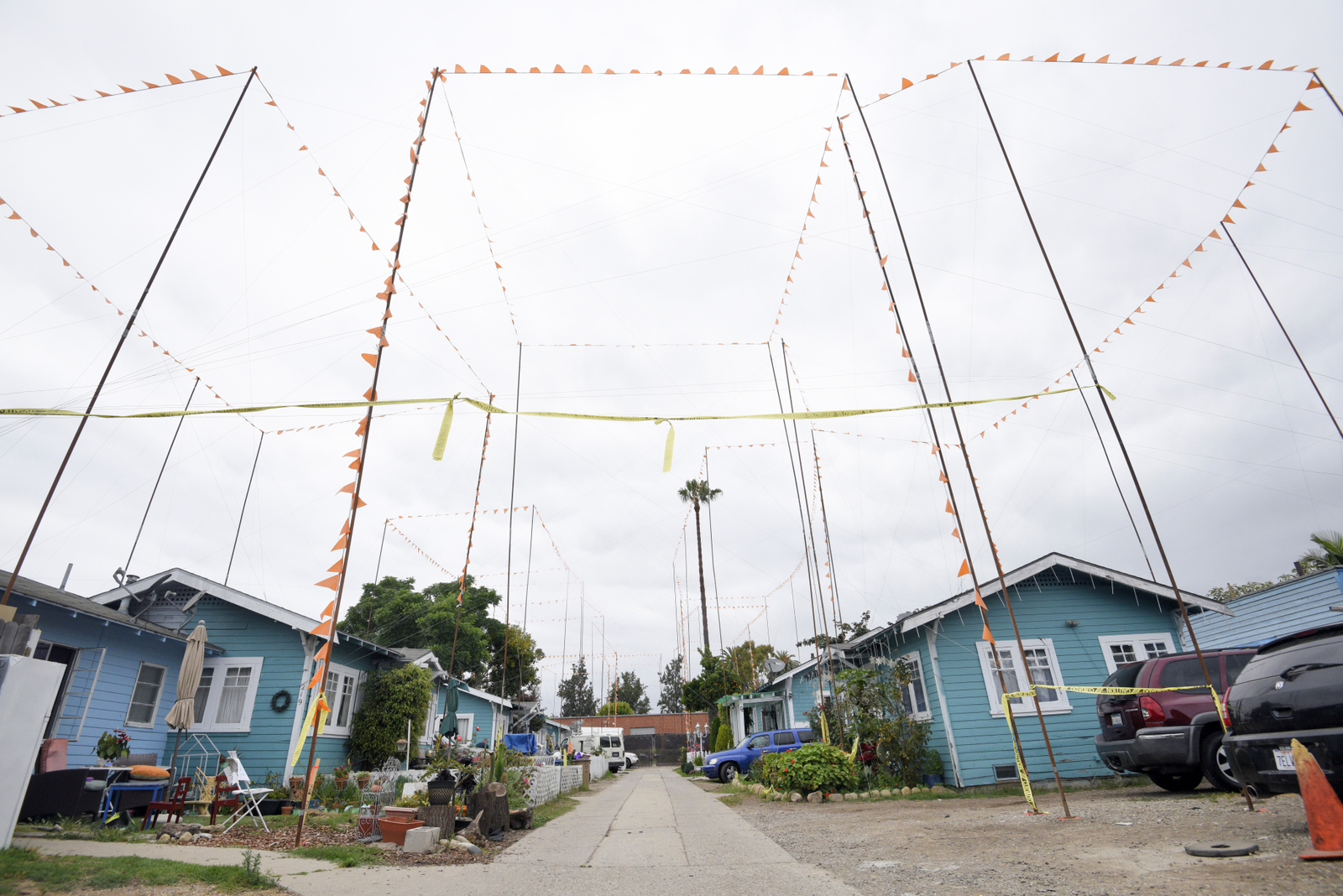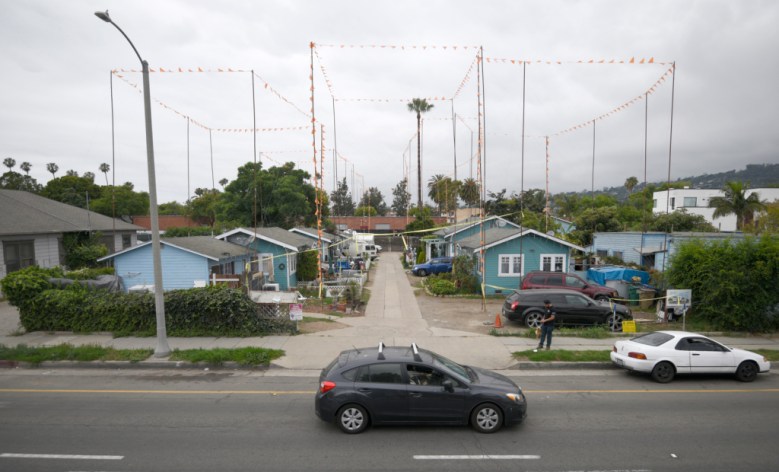Four-Story ‘Monstrosity’ Nears Approval for Haley Street
Planning Commission Conceptual Okay Sends Mixed-Use Project to Architectural Board of Review

Despite public commenters’ extreme apprehension over a proposed 35-unit, four-story mixed-use apartment project on 219 East Haley Street, the Planning Commission voted in support of it at Thursday’s Concept Review Hearing. Every member of the public who spoke said they felt the project was too large for the area, and most alluded to its potential to gentrify the neighborhood.
“When is enough enough? When are we going to start honoring the historic architecture and iconic views the city is famous for?” resident Natalia Govoni bemoaned. “If these owners appreciate their project so much, tell them to build it where they reside so that they can admire the beauty on a daily basis. Or better yet, if each of you commissioners share their appreciation and love for this monstrosity, why don’t you consider loving for it to be built in your neighborhood?”
Commissioner Deborah Schwartz later clarified in an indirect response to Govoni that all commissioners are required to live in the city, and although she appeared to empathize with the speakers, she ultimately voted in favor of the project. The Planning Commission’s vote was largely symbolic, as it doesn’t take action on the project but is meant as an informed recommendation to the Architectural Board of Review, which has yet to approve the project despite its already having been before it five times and has consistently been turned down for dissension with its size.
“I think this project is a good example of what is wrong with the [Average Unit-size Density] incentive projects,” commissioner Sheila Lodge said. Lodge was the only commissioner whose vote didn’t support the project. “The city is losing eight truly affordable units in exchange for 35 market-rate units. … It is a very, very large building that I think is out of scale with the neighborhood.” The Commission took four separate votes relating to the project:
- It is consistent with the goals/policies of the general plan: 6-0 yes
- The size, bulk, and scale are appropriate for the site: 5-1 yes (Lodge said no.)
- There is appropriate open space for the project: 6-0 yes
- It doesn’t block established neighborhood views: 6-0 yes
The project, proposed by Gas station operator John Price and designed by architect Ed deVicente, would require demolishing seven light-blue structures with eight residential units and building five studios, 16 one-bedroom units, and 14 two-bedroom units (varying in size from 412 to 1,011 square feet) in its place. In addition, it proposes two commercial spaces that would front Haley Street, 36 covered parking spaces for the residential units, and four covered parking spaces for the commercial area. There was discussion of potential subterranean parking, but it was shot down unanimously because of a water table one foot below the site’s surface.
Rob Hunter, owner of the rental bungalows directly adjacent to the project’s east, spoke on behalf of his seven tenants, most of whom have been living in the bungalows over 15 years. “The story poles loom over their courtyard and, if built, it will be essentially shaded by noon,” he said. “My tenants are not happy about being darkened by the project.” The project’s other direct neighbor, Charles Love, said he was concerned the building would impede on his business of 26 years, Love’s Towing Inc. He said he was “just curious” how street parking wouldn’t be adversely affected if there were exactly enough spots for only one car per unit and nowhere for visitors of the complex to park.

With the support of the Planning Commission behind it, the project will go back to the Architectural Board of Review for approval. Despite the outrage the proposed project causes residents, it still complies with the general plan, the existing zoning ordinance, and the Average Unit-size Density incentive.
“I empathize with the speakers that almost all talked about the loss of views and parking,” Commissioner Addison Thompson said, “but I ask if it is compatible with the neighborhood as it exists today, or is it compatible with the neighborhood that’s envisioned in the general plan? We have to make the determination on what’s envisioned in the general plan, because that’s the vision of the city going forward.
“The first guy on the block always has a hard time because it stands out,” Thompson continued. “That’s what this project is: the first guy on the block. I support it because it complies.”




You must be logged in to post a comment.